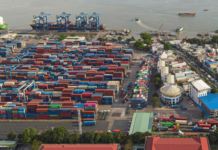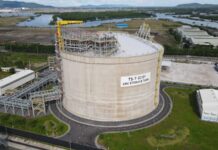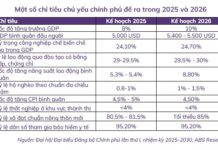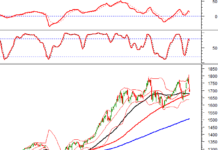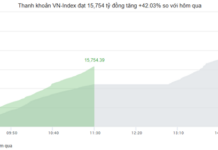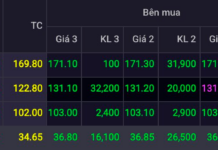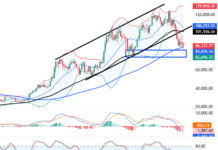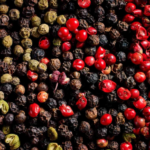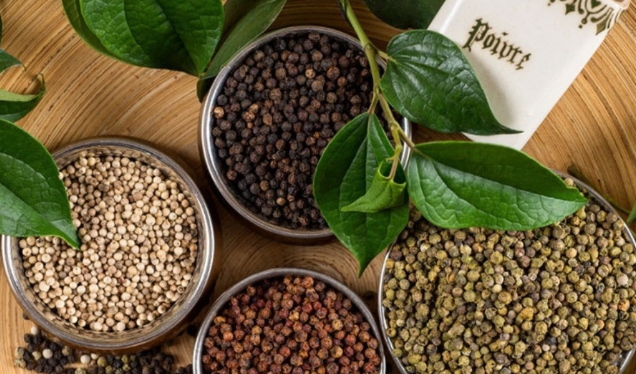
Illustrative Image
This morning, pepper prices in key producing provinces across Vietnam uniformly dropped by 1,000 VND/kg compared to yesterday, settling at 147,000 – 150,000 VND/kg.
Specifically, after a 1,000 VND/kg decrease, pepper prices in Dak Lak and Dak Nong provinces fell to 150,000 VND/kg. Similarly, prices in Ba Ria-Vung Tau and Dong Nai dropped to 149,000 VND/kg, while Gia Lai and Binh Phuoc recorded the lowest prices at 147,000 VND/kg.
On the global market, based on quotations from exporting companies and export prices in various countries, the International Pepper Community (IPC) updated the prices of different pepper types traded internationally as of September 18th (Hanoi time) as follows:
Indonesia’s Lampung black pepper remained steady at USD 7,101/ton. Meanwhile, Muntok white pepper held firm at USD 10,062/ton.
Brazil’s ASTA 570 black pepper stayed unchanged at USD 6,600/ton.
Malaysia’s ASTA black pepper remained stable at USD 9,700/ton, while its ASTA white pepper held steady at USD 12,900/ton.
Vietnamese pepper prices were unchanged from yesterday. Specifically, Vietnam’s 500 gr/l black pepper traded at USD 6,660/ton, and the 550 gr/l variety at USD 6,800/ton.
Similarly, Vietnam’s white pepper remained stable at USD 9,250/ton.
According to The Hindu Businessline, heavy rains and flooding in northern India—the largest consumer of Indian black pepper—have raised concerns among traders as the festival season approaches. Pepper prices have declined due to weakened demand in northern Indian markets amid severe weather conditions.
Traders report that sluggish demand caused by adverse weather has led to a 15 Rupee/kg drop in pepper prices at the Kochi wholesale market over the past week. Prices currently fluctuate around 686 Rupees/kg for ungraded pepper and 706 Rupees/kg for graded pepper.
The situation is further complicated by the influx of cheaper Brazilian pepper imports, which boast higher density and larger grain sizes, further dampening demand for Indian pepper.
Kishore Shamji, Director of the Indian Spices and Pepper Traders Association, noted that purchasing power in many northern markets has weakened due to flooding, hindering trade activities. Upcoming elections in Bihar and Jharkhand have also reduced demand as business activities take a backseat.
The Navarathri festival, starting on October 2nd, is expected to revive demand in northern India, although prolonged rainfall could pose challenges. The market may recover once weather conditions improve.
Shamji added that U.S. tariffs have significantly impacted international pepper prices, despite low inventory levels in many producing countries. Currently, Vietnamese pepper trades at USD 6,700/ton, Brazilian at USD 6,400, Indonesian at USD 7,400, Sri Lankan at USD 7,400, while Indian pepper stands at USD 8,100.
Shamji mentioned that many U.S. customers are requesting traders to delay shipments until there is greater clarity on tariffs.
Pepper Prices on September 19: Declining in Line with Global Trends, Domestic Rates Peak at 151,000 VND/kg
Domestic pepper prices currently range between 147,000 and 151,000 VND per kilogram, reflecting market stability following a series of fluctuating trading sessions.





